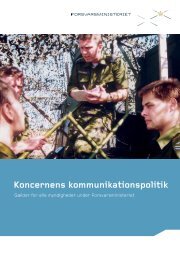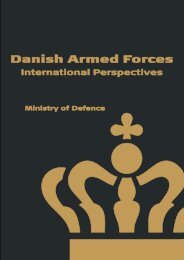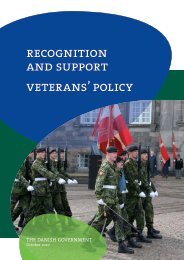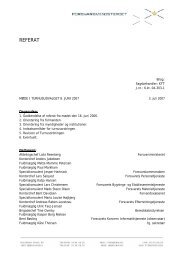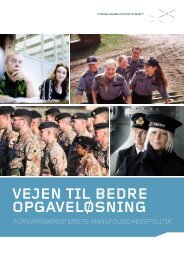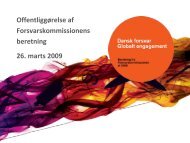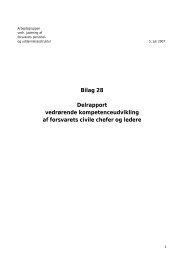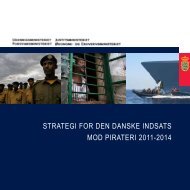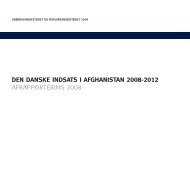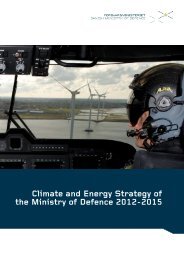Afghanistan Report 2009 - Isaf - Nato
Afghanistan Report 2009 - Isaf - Nato
Afghanistan Report 2009 - Isaf - Nato
Create successful ePaper yourself
Turn your PDF publications into a flip-book with our unique Google optimized e-Paper software.
Tactical Directive<br />
To minimise the risk of harming civilians and reduce<br />
behaviour which offends Afghans, COMISAF has<br />
revised his Tactical Directive:<br />
• To partner with ANSF in all ISAF operations;<br />
• To make no uninvited entry into an Afghan house,<br />
mosque, historical or religious site unless there is<br />
a clear and identified danger;<br />
• To demonstrate respect and consideration for<br />
Afghans, their culture, their customs, and Islam;<br />
• To avoid insults, offensive gestures, unnecessary<br />
pointing of weapons, and reckless driving;<br />
• To demonstrate proportionality, restraint, and utmost<br />
discrimination in the use of firepower - making greatest<br />
possible use of precision systems;<br />
• To acknowledge civilian casualties immediately<br />
and transparently investigate allegations rapidly;<br />
• To ensure a common approach is taken across<br />
the country;<br />
• When taking fire from an Afghan house, on-scene<br />
commanders must satisfy themselves that every<br />
effort has been made to confirm that the Afghan<br />
facility does not shelter innocent civilians.<br />
To establish a transparent methodology of civilian<br />
casualty reporting, COMISAF:<br />
• Established a civilian casualties tracking cell<br />
monitoring incidents;<br />
• Systemised recording of allegations as well as<br />
resulting rebuttals and admissions;<br />
• Developed a two-tiered system of checking the<br />
validity of an allegation and conducting the actual<br />
investigation if the allegation was substantiated;<br />
• Enhanced battle-damage assessments at<br />
Regional Command level;<br />
• Defined modalities for improved ISAF HQ interaction<br />
with UNAMA and other national and international<br />
organizations on casualty reporting.<br />
Reducing<br />
the Cross-Border Threat<br />
Militants have exploited instability in Pakistan in<br />
order to set up and maintain safe havens away from<br />
the reach of ANSF and ISAF. Across the border,<br />
militants regroup and launch attacks, particularly into<br />
Eastern <strong>Afghanistan</strong>. According to reports from ISAF<br />
commanders, there were significantly higher levels of<br />
cross-border incursions from Pakistan into <strong>Afghanistan</strong><br />
in early and mid 2008.<br />
ISAF Commander, General David McKiernan, Pakistani Chief<br />
of the Army Staff, General Ashfaq Pervez Kayani (centre),<br />
and ANA Chief of the General Staff, General Bismullah Khan<br />
Mohommadi (right), after a meeting of the Tripartite Commission<br />
at the <strong>Afghanistan</strong> Ministry of Defence in January <strong>2009</strong>.<br />
To counter this cross-border activity, ISAF and the ANSF<br />
have increased their cooperation with the Pakistani<br />
military. This included joint operations to deny the<br />
free flow of militants across the border. ISAF and the<br />
Afghan and Pakistani militaries coordinate operations<br />
through regular meetings of the Tripartite Commission<br />
and the Tripartite Joint Intelligence Operations Centre<br />
(T-JIOC). The Commission is complemented by<br />
enhanced regular coordination between the military<br />
forces of the three organizations in the proximity of the<br />
border.<br />
10



